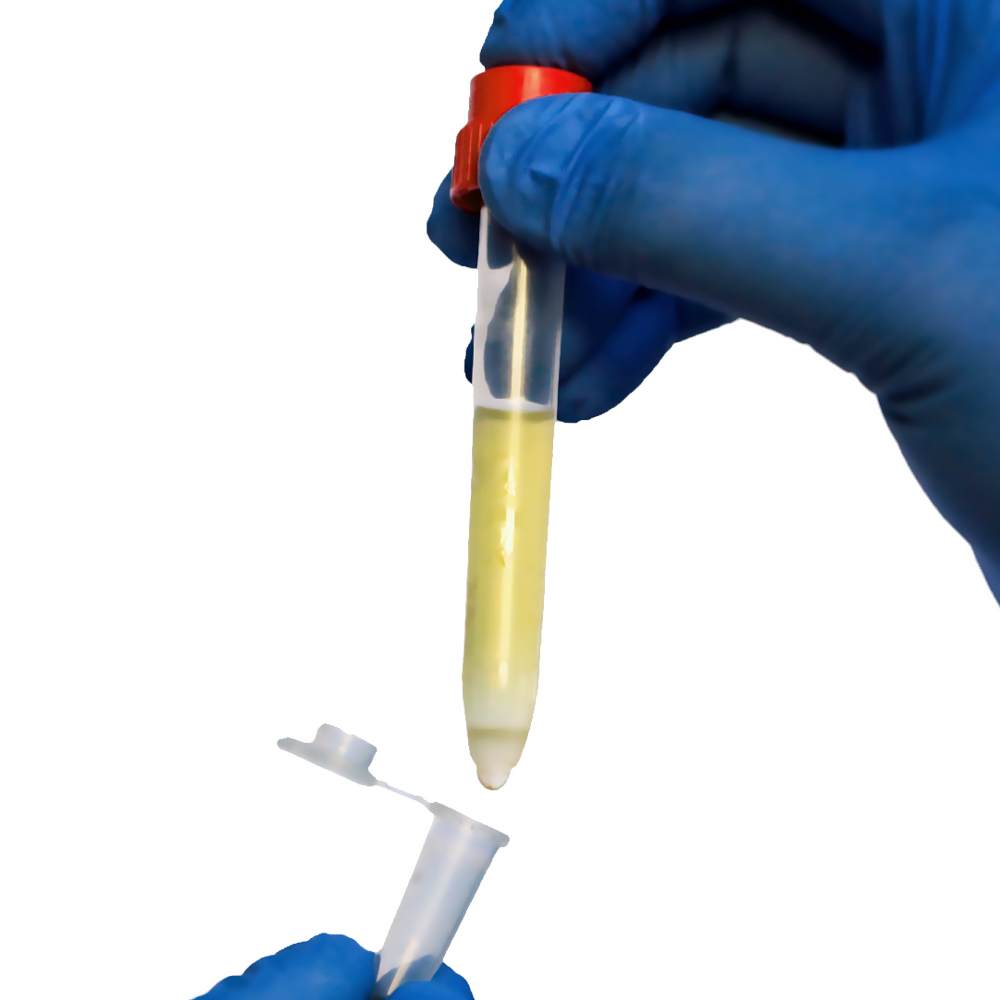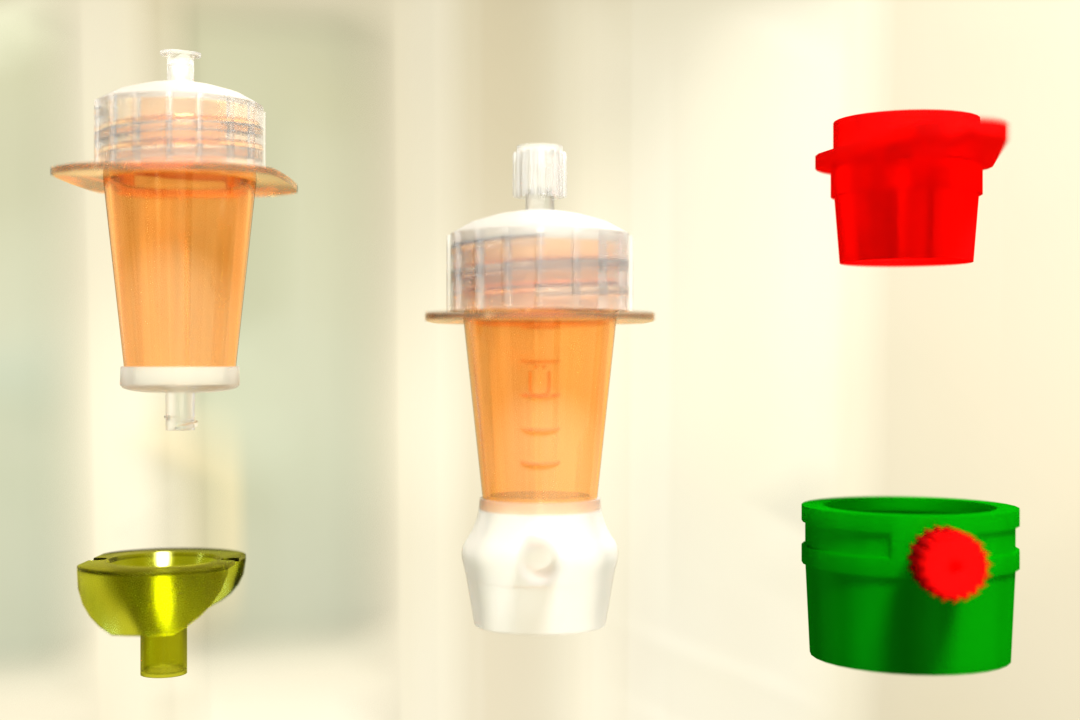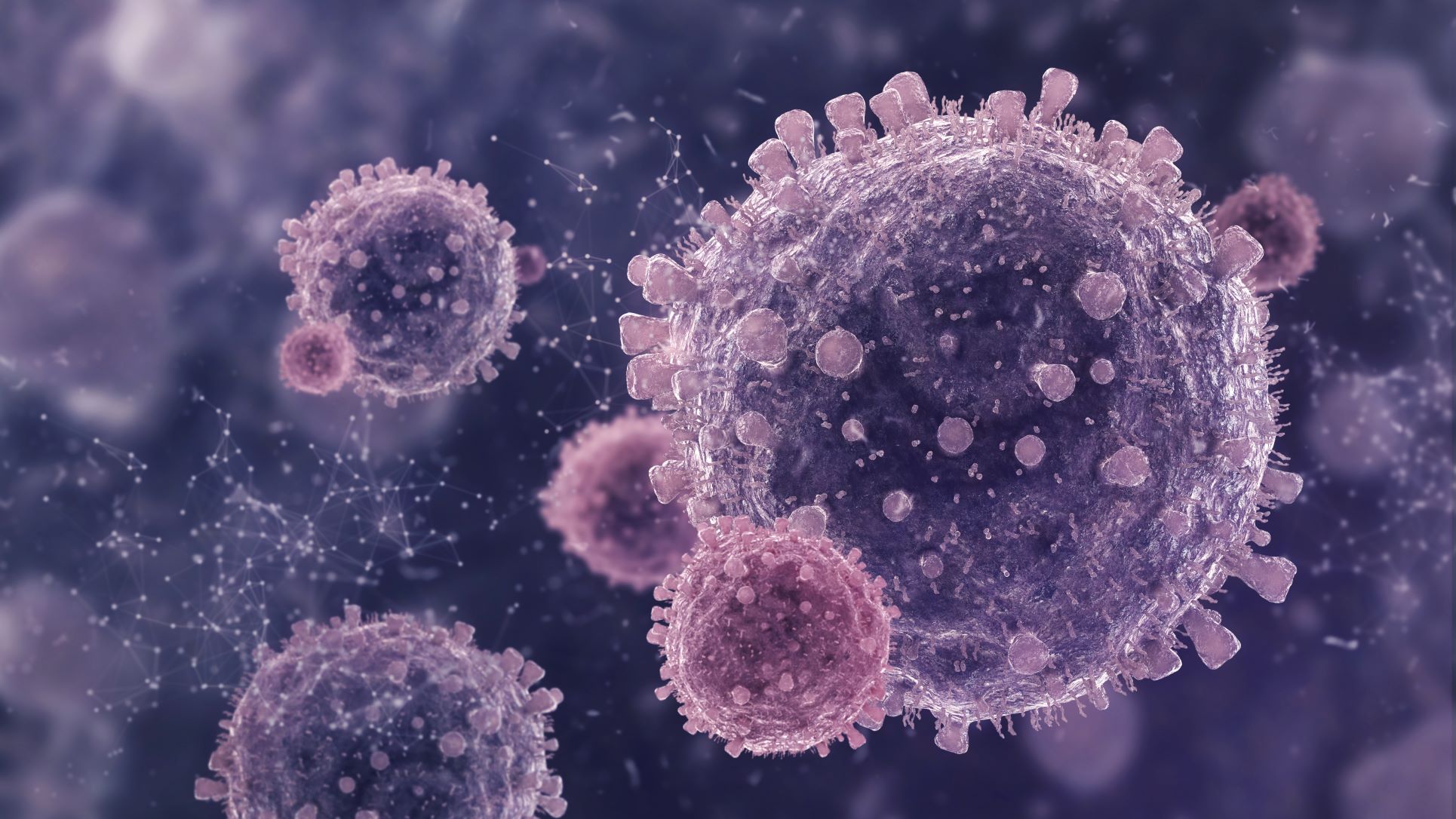The human body consists of several interconnected systems that rely on one another to preserve equilibrium. Within these systems, there are specialized cells that carry out specific functions essential for various processes. One such example is the immune system, which safeguards the body against foreign invaders using specialized blood cells. Among these blood cells, hematopoietic stem cells found in the bone marrow play a crucial role in the development of different types of blood cells. This blog delves into the significance of CD34 expression and highlights the techniques used for cell enrichment in the study of hematopoietic stem cells.
What Are Hematopoietic Stem Cells?
Hematopoietic stem cells (HSCs), characterized by the presence of the CD34+ marker, possess a unique characteristic known as multipotency. This means that they have the ability to give rise to a diverse range of mature blood cells, including leukocytes, erythrocytes, and platelets.
HSCs exhibit self-renewal capabilities, enabling them to regenerate and sustain themselves. They have the remarkable capacity to differentiate into almost any type of blood cell required, making them an integral component of the hematopoietic system. For instance, in order to maintain a robust defense against pathogens, the human body generates approximately 10 million new naïve CD4+ T cells each day. Every single one of these cells, as well as those that didn’t successfully undergo the differentiation process, originated from a CD34+ hematopoietic stem cell.
Role of Hematopoietic Stem Cells in Tissue Growth and Regeneration
Hematopoietic stem cells (HSCs) play a crucial role in the growth and rejuvenation of tissues within the body due to their remarkable ability to differentiate into a wide array of cell types. These cells are more prevalent in individuals who have not yet reached full maturity.
During the early stages of development, humans possess a higher quantity of stem cells. As a person ages, these stem cells undergo differentiation, giving rise to more specialized cell populations. These cells are referred to as progenitors as they represent the initial stages in the development of fully matured cells.
While the majority of CD34+ hematopoietic stem cells reside in the bone marrow, they can also be found near vascular and endothelial tissue. This distribution is attributed to the frequent requirement of these stem cells for regenerating downstream cell types.
Applications of Hematopoietic Stem Cells in Medical Research and Treatment
Hematopoietic stem cells (HSCs) serve numerous developmental roles within the body, making them a crucial subject of study for scientists. In particular, they hold significant potential in addressing blood disorders caused by malfunctioning blood cells. HSCs can be isolated, cultured, and reintroduced into patients to facilitate their recovery. These cells have been successfully employed in the treatment of conditions such as leukemia, myeloma, and lymphoma, and for the replacement of cells damaged by chemotherapy.
Understanding CD34: A Cell Marker for Hematopoietic Stem Cells
Cell markers, also known as surface antigens, are molecules present on the cell membrane that serve specific functions related to the cell’s role in the body. These proteins are crucial for identifying and characterizing different cell types. CD34, also known as sialomucin, is a transmembrane protein that spans the cell membrane once. It is primarily expressed in certain vascular and hematopoietic tissues. Although the precise function of CD34 is still not fully understood, it is recognized as an adhesion molecule involved in the movement of immune cells to various locations within the body.
CD34 Positive Cells (CD34+)
CD34+ cells are characterized by the presence of the CD34 protein on their cell surface. These stem cells, labeled as CD34+, act as a reserve of precursor cells for all mature blood cells in the human body. In contrast, CD34- stem cells, lacking the CD34 protein, are less abundant and primarily found in umbilical cord blood. While CD34- stem cells have shown potential in differentiating into erythrocytes and megakaryocytes, they are challenging to isolate in sufficient quantities for practical applications. The availability of blood CD34+ stem cells is limited, and imbalances in their quantity, whether too many or too few, can lead to significant health complications.
The Significance of CD34 Expression
The presence of CD34 markers and the utilization of effective cell separation techniques are essential in the identification and isolation of hematopoietic stem cells. Scientists employ various techniques for cell separation, including those based on the physical properties of cells and those that utilize antibodies to target specific surface antigens. CD34 expression on the cell membrane enables the binding of CD34-specific antibodies to hematopoietic stem cells, facilitating their identification and isolation.
Using Pluribead to Enrich CD34+ Cell Samples
Pluribead is a technique where a particular antibody directly binds to the target cells, enabling their separation from other undesirable cells during subsequent enrichment steps. The unbound cells are removed, leaving only the desired cells. To immobilize the labeled cells, a cell strainer or magnets can be used when coupled with a solid phase. This approach can be used with various sample materials, such as PBMC, secretion or excretion material, buffy coat, whole blood, brain homogenate, spleen, liver, and so on.
In conclusion, hematopoietic stem cells (HSCs) with CD34 expression play a critical role in the development and regeneration of different types of blood cells. Understanding the importance of CD34 markers and employing effective cell separation techniques are key to studying and harnessing the potential of these stem cells for medical research and treatment. Explore the possibilities of cell enrichment techniques and uncover the potential of hematopoietic stem cells in advancing medical science. Start your journey today!
References
Pubmed
NCBI
Science Direct
 English
English French
French
 German
German
 Spanish
Spanish
 Belgium
Belgium
 Italian
Italian Brazil
Brazil Chinese Mandarin
Chinese Mandarin




